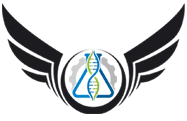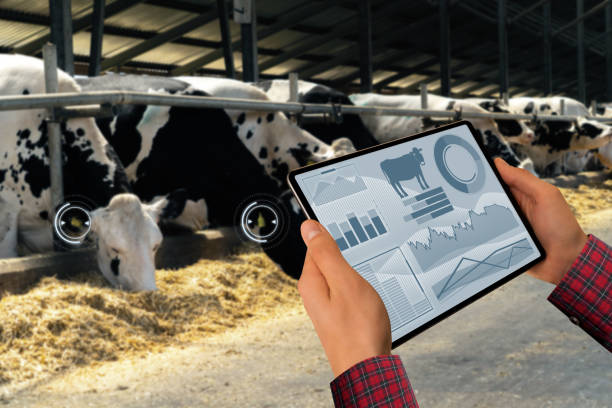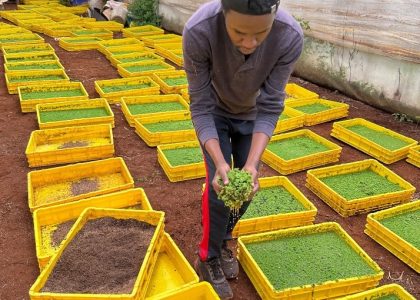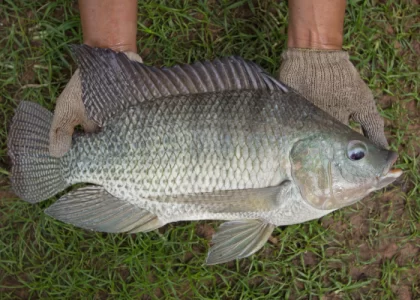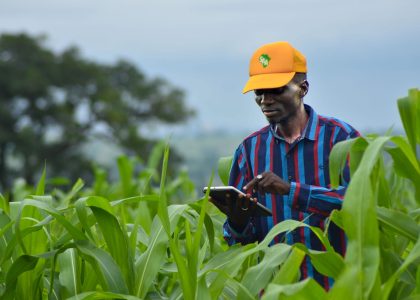Artificial intelligence is at the center of the intersection with animal husbandry to revolutionize how pest and disease detection are managed in the modern ecological epoch. AI epochs in agriculture introduce fundamental improvements to monitor, diagnose, and manage animal health for improved productivity and sustainability.
1. Precision and Early Detection
AI technologies, Deep Learning, and Machine Learning enable the early and accurate detection of animal diseases. These technologies can analyze vast datasets from sources like images, sensor data, and historical records to identify patterns that signal the presence of diseases. For instance, picture recognition algorithms can obtain information about the disease from photographs of animals. At the same time, sensors can monitor vital signs and the environment to alert producers of changes that may indicate a nascent illness.
2. Enhancing Diagnostic Accuracy
One significant advantage of AI in disease detection is that it improves the accuracy of diagnosis. Traditionally, visual observation and laboratory tests are used to diagnose animal diseases, which are time-consuming and may also be subject to human error. On the other hand, AI analyzes the data quickly and precisely. For example, deep learning algorithms applied in analyzing images from animal tissues or bodily fluids can be used to identify diseases such as mastitis in dairy cows or respiratory infections in poultry with a high degree of accuracy (Maharani et al., 2021).
3. Real-Time Monitoring and Response
The system must be AI-driven with real-time monitoring and response capabilities for effective animal health management. Data on physiological parameters like body temperature, heart rate, and locomotor activity are collected using IoT devices and intelligent sensors, which are part of the various animal farm installations. All this information is processed in real-time through AI algorithms that send instant real-time alarms and alerts to farmers regarding decisions. Real-time monitoring enables the early detection of diseases and, thus, timely intervention, which may prevent an infection from spreading and, in turn, may reduce the mortality rate.
4. Predictive Analytics
AI also becomes very instrumental to predictive analytics through the aid it gives farmers in the form of warnings for imminent outbreaks. Based on historical records, it is possible to trace the trends in this data obtained through the AI systems and use the information to predict the probability of disease events accordingly, based on changes in seasons, climate, and even animal behaviors (Megeto et al., 2020). This predictive capability allows farmers to take proactive actions with appropriate feeding regimes, extra biosecurity measures, or even preventive treatments to minimize risks to the health and productivity of their livestock.
5. Automated Data Collection and Analysis
Another area where AI shines is in automated data collection and analysis. Modern farmhouses have sensors and monitoring tools that give vast information. Evidence shows that analyzing such data manually could be very cumbersome or at times impossible. However, AI can efficiently large amounts of data. Machine learning algorithms will help sift through the data for information pertinent to detecting abnormalities or provide general insights into health status. The automation lightens the workload that farmers have to go through and ensures that no relevant data passes unnoticed.
6. Integration with Existing Farm Management Systems
AI systems can be easily integrated into existing farm management systems to offer farmers an end-to-end solution in animal health management with additional features. For instance, it will provide a view into the herd management software of every animal’s health history, reproductive status, and productivity. This will allow farmers to make better decisions regarding farm practices and effective management for improved animal welfare and profitability from farming.
Case Study: AI in Dairy Farming
It has been, in many cases, very potent in dairy farming. Using AI-powered systems following the health of dairy cows with data from wearable sensors that track activity levels, eating habits, and rumination patterns, an early warning of the first signals for lameness, ketosis, and mastitis is given to the farmer so that intervention can be made before it affects milk production. Moreover, AI helps optimize feeding schedules and composition to ensure that the proper feed composition is fed at the correct times of a cow’s life for health and productivity.
Conclusion
AI in detection is transformative in the realm of animal husbandry. With precision, real-time monitoring, predictive analytics, and automation, it strengthens disease management and the welfare of the animals. As the technology continues to improve, AI applications will not only increase in animal farming, but drive the industry toward more sustainable and efficient practices. The adoption of AI in agriculture is not just a technological advancement; it is a necessary step towards meeting the growing demand for food while ensuring the health and well-being of livestock.
Reference
Megeto, G. A. S., Silva, A. G. D., Bulgarelli, R. F., Bublitz, C. F., Valente, A. C., & Costa, D. A. G. D. (2020). Artificial intelligence applications in agriculture 4.0. Revista Ciência Agronômica, 51(spe), e20207701.
Maharani, M. D. D., Amin, H. F., & Triana, Y. S. (2021). Application of Artificial Intelligence in Modern Ecology for Detecting Plant Pests and Animal Diseases. International Journal of Quantitative Research and Modeling, 2(2), 83-90.
If you like to get trained or like to with partners us, please contact: +254 702469357 / info@wingfarm.org

